Contact Details
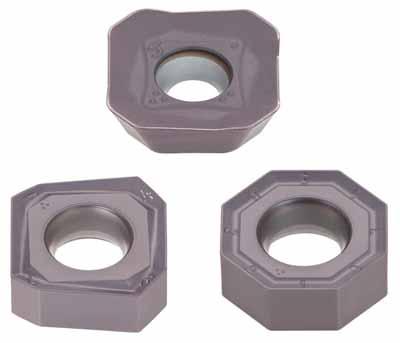
Tungaloy Corp. announced the expansion of PVD-coated grade AH3135 for milling operations. AH3135 is an excellent grade that works well with various workpiece materials, including steel, stainless steel, and titanium alloys. Tung-Tri and DoPent series already offer inserts with AH3135 grade, and they have positive reputation in the market, according to the company. Due to its popularity, AH3135 will now be available in DoOcto, DoQuad, and TungMill also.
The main feature of AH3135 is that it minimizes unusual damages in unstable machining, such as chipping, flaking, and welding, and ensures stable, long tool life. The unique lamellar constituents prevent chipping and fracture caused by the impacts in machining. Also, highly tough substrate with excellent thermal shock resistance reduces thermal cracks in wet cutting condition.
The combination of AH3135 and highly efficient, economical cutters drastically improves the reliability in a range of applications and provides high productivity in machining.
Main features:
• Applicable for a range of materials, including steel, stainless steel, and titanium alloys
• High fracture and chipping resistances due to the unique lamellar constituents
• High thermal crack resistance with extremely tough substrate
• Stable, long tool life by minimizing unusual damages in unstable machining
Related Glossary Terms
- alloys
alloys
Substances having metallic properties and being composed of two or more chemical elements of which at least one is a metal.
- gang cutting ( milling)
gang cutting ( milling)
Machining with several cutters mounted on a single arbor, generally for simultaneous cutting.
- milling
milling
Machining operation in which metal or other material is removed by applying power to a rotating cutter. In vertical milling, the cutting tool is mounted vertically on the spindle. In horizontal milling, the cutting tool is mounted horizontally, either directly on the spindle or on an arbor. Horizontal milling is further broken down into conventional milling, where the cutter rotates opposite the direction of feed, or “up” into the workpiece; and climb milling, where the cutter rotates in the direction of feed, or “down” into the workpiece. Milling operations include plane or surface milling, endmilling, facemilling, angle milling, form milling and profiling.


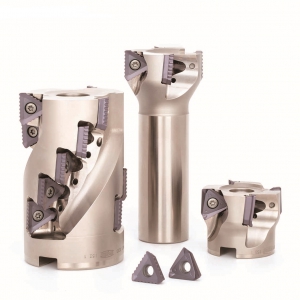
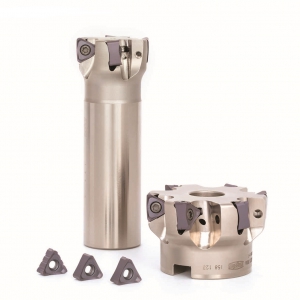
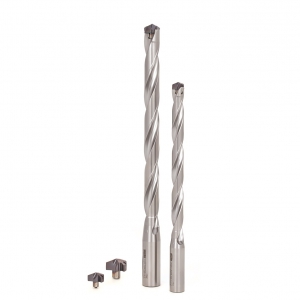
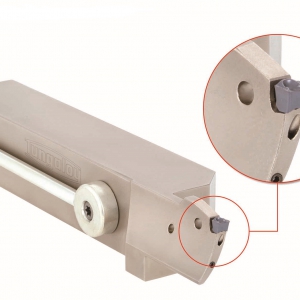
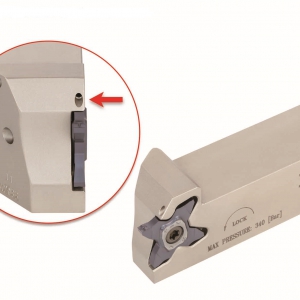
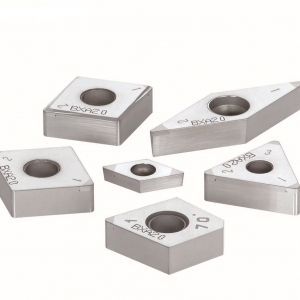
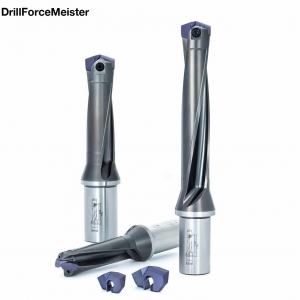
 PRODUCTS
PRODUCTS

